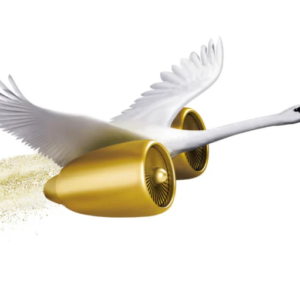Basis: Austrian population aged 16 and over
43rd traditional IMAS New Year's Eve survey
Austrians are looking ahead to the new year 2015 with overwhelming skepticism and concern. In the 43rd IMAS New Year's Eve survey, the pessimists outnumber the optimists by a ratio of 50 to 41. To be precise, 41 percent of the population describe their mood as confident, 26 percent as skeptical, and about a quarter are still explicitly worried. Overall, the current finding over the time series of the last 40 years is below average in terms of optimism, though not a low. However, the worry lines have clearly deepened: Above all, the general economic downturn, inflation, but also worries about jobs, mean that pessimism prevails among the population for the coming year. One in three Austrians has made resolutions, including above all to exercise more, take better care of themselves and strive for a healthier lifestyle. Interestingly, of the resolutions made so far, 8 out of 10 have been at least partially fulfilled, and one out of five have even been fully fulfilled.
Demoscopy not only has the task of basically surveying opinions and attitudes in the population, but also provides primary data around the assessment of economic development, i.e. the so-called basic sentiment. Austrians are looking ahead to the new year 2015 with overwhelming skepticism and concern. In the current measurement, the pessimists outnumber the optimists by a ratio of 50 to 41. To be precise, 41 percent of the population describe their mood as confident, 26 percent as skeptical, and around a quarter are still explicitly concerned. The main reasons for the predominantly negative sentiment are general inflation, the economic downturn and concerns about one's own job. Overall, the current finding over the time series of the last 40 years is below average in terms of optimism, though not a low. The worry lines have deepened considerably, however, with the worried look rising by 5 percentage points compared with last year.
On a personal level, around one-third of Austrians have made a resolution for 2015. In particular, women, people up to 50 years of age and people with a higher education tend to use the turn of the year for a reorientation more often than average. From a psychological point of view, the Christmas holidays and the beginning of the new year are a small "caesura" in the consciousness of the Austrians. Almost two thirds of this group have up to three resolutions, 30 percent even between 4 and 6. The top resolutions revolve - as every year - around health: more sports, a more conscious lifestyle, healthier nutrition and weight loss are the strongest change desires of Austrians for the coming year of life. Overall, the past shows that around one-fifth of the resolutions are fully implemented, and around four-fifths are at least partially implemented. With that "success rate," resolutions certainly make sense.

Agency brief introduction
Since its founding in 1988, the REICHLUNDPARTNER agency group has evolved into one of Austria’s leading communications agencies. With a comprehensive range of services and highly specialized, independently managed units, we offer innovative, holistic solutions across all areas of analog, digital, and social marketing communication.